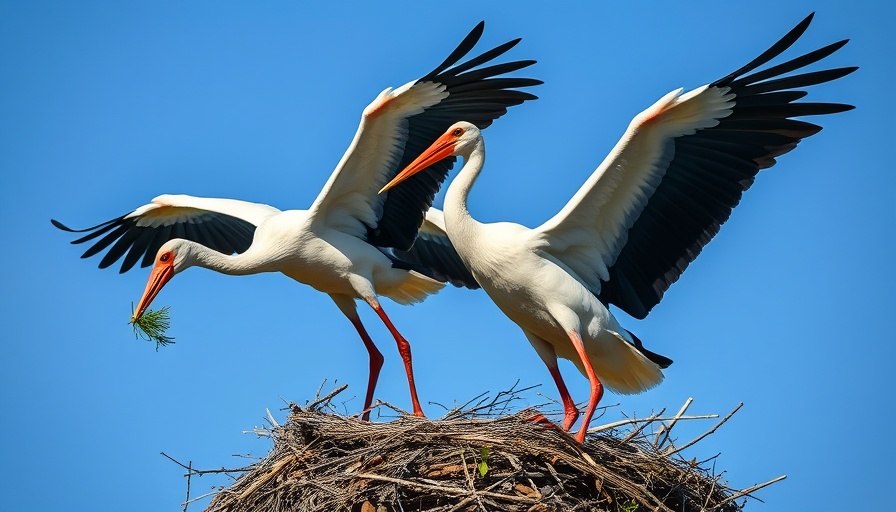
Rescued Gorillas Given New Life in DRC
In October 2024, four Grauer’s gorillas—Isangi, Lulingu, Mapendo, and Ndjingala—embarked on a monumental journey back to the wild. After years spent at the Gorilla Rehabilitation and Conservation Education Center (GRACE) in the Democratic Republic of Congo (DRC), these critically endangered gorillas were reintroduced into their native habitat within the Virunga National Park. This remarkable rewilding effort represents a pivotal moment for conservation and highlights a glimmer of hope in the face of ongoing environmental challenges.
The Significance of Female Reintroduction
The decision to release only female gorillas aligns with their natural social structure, which is crucial for ensuring a successful reintroduction. According to Katie Fawcett, GRACE's executive and science director, this approach not only mimics natural behaviors but also enhances the likelihood of the gorillas successfully integrating into the wild. Traditionally, dominant silverback males lead gorilla groups, while females often move between different groups, making their integration behaviorally significant.
Security Concerns in a Fragile Habitat
Despite the optimism surrounding the rewilding, the DRC’s landscape remains precarious due to factors such as armed conflict, deforestation, and illegal mining. Grauer’s gorillas have experienced a staggering decline, with their population plummeting from approximately 16,900 individuals in 1994 to just 3,800 by 2015. Addressing these threats is not only vital for the survival of the gorillas but also for maintaining the ecological balance of the region.
The Legacy of Conservation Efforts
Conservationists have dedicated over five years to prepare these gorillas for life outside captivity, ensuring they have the social skills and knowledge necessary to thrive. The collaboration among GRACE, Virunga National Park, and various NGOs, such as Gorilla Doctors and Re:wild, underscores the collective effort needed to protect endangered species. Notably, such initiatives provide hope that with the right resources and community support, endangered species can rebound, bringing renewed energy to conservation projects worldwide.
The Struggle for Survival and Community Involvement
The story of these gorillas is not just about wildlife; it encapsulates a deeper narrative of local communities fighting to safeguard their environment and heritage. Engaging local stakeholders is crucial. Education and awareness programs foster a connection between humans and wildlife, inspiring a collective responsibility toward conservation. The involvement of local communities in preservation efforts plays a critical role in achieving long-term success for species at risk.
Your Role in Conservation Efforts
While organizations are at the forefront of these conservation successes, every individual can contribute to sustaining wildlife. Whether it’s supporting local wildlife sanctuaries, participating in community initiatives, or simply spreading awareness, every effort counts. As we witness the return of these majestic Grauer’s gorillas to their natural habitats, let it inspire us to take action for the planet and its incredible inhabitants.
 Add Row
Add Row  Add
Add 




Write A Comment